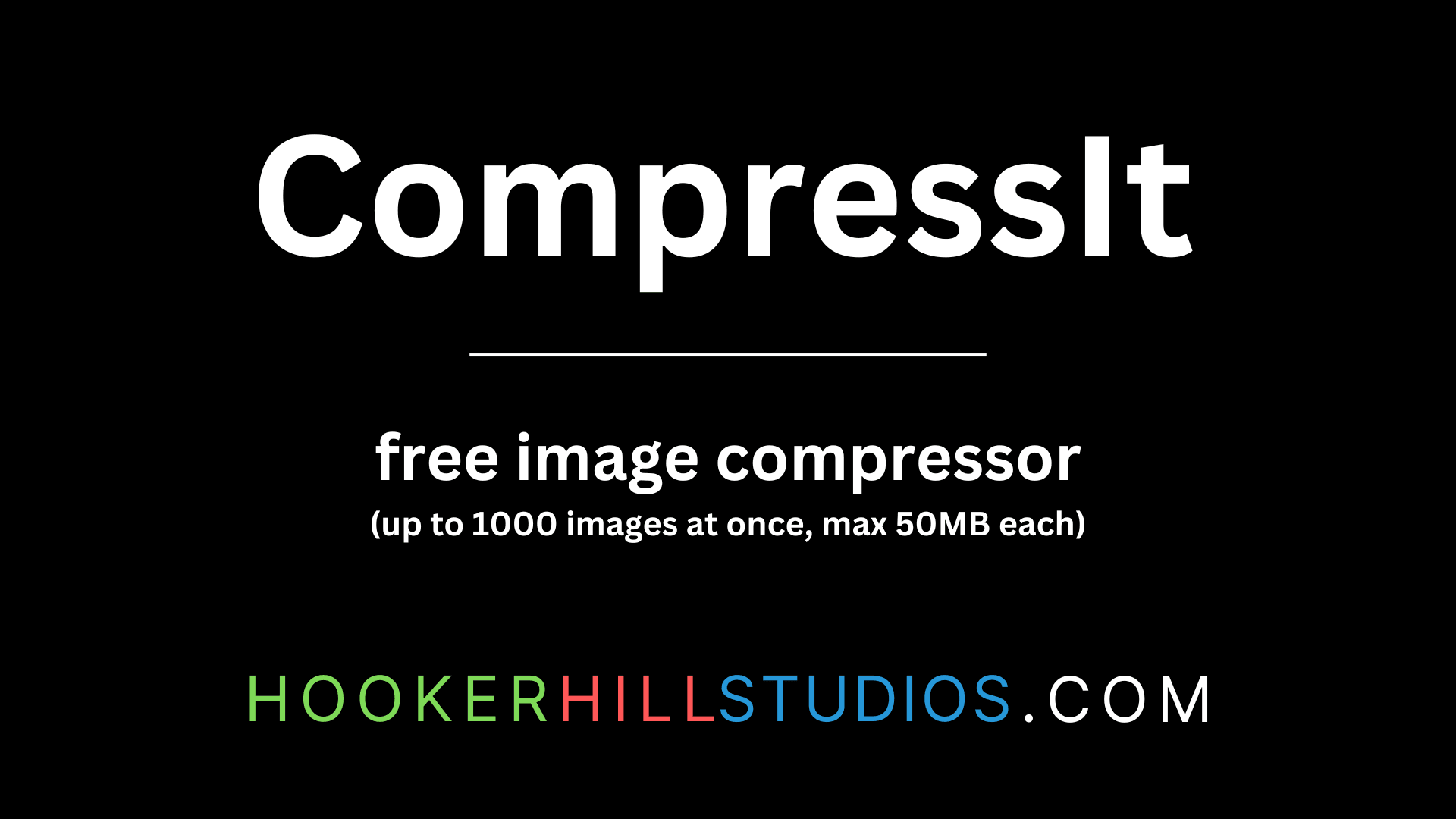Why Accessibility Matters in Web Development: Key Benefits

Table Of Contents
- The Importance of Accessibility in Web Development
- Why Accessibilty Matters
- Practical Tips for Implementing Accessibility
- **1. Use Semantic HTML**
- **2. Provide Text Alternatives for Non-Text Content**
- **3. Ensure Keyboard Accessibility**
- 4. Use ARIA (Accessible Rich Internet Applications) Landmarks and Roles
- **5. Implement Color Contrast and Text Size**
- FAQ
- Related Articles
- Conclusion
The Importance of Accessibility in Web Development
Web accessibility is essential for creating an inclusive internet that can be used by everyone, regardless of their physical or cognitive abilities. An accessible website ensures that all users, including those with disabilities, can perceive, understand, navigate, and interact with the web effectively. By prioritizing accessibility, developers not only comply with legal requirements but also improve the user experience for a broader audience, enhance SEO, and demonstrate social responsibility.
WCAG (Web Content Accessibility Guidelines) 2.1 has three levels of conformance: A, AA, and AAA.
Why Accessibilty Matters
-
Inclusivity and Equal Access: More than 1 billion people worldwide experience some form of disability. Accessible websites allow these users to participate fully in the digital world.
-
Legal Compliance: Many countries have laws mandating web accessibility, such as the Americans with Disabilities Act (ADA) in the United States and the Web Content Accessibility Guidelines (WCAG) globally.
-
Enhanced User Experience: Accessibility features, like captions and voice controls, often benefit all users, including those in noisy environments or using their devices hands-free.
-
SEO Benefits: Accessible websites are often better structured and more easily navigable, which can improve search engine rankings.
-
Broader Audience Reach: Ensuring accessibility can help reach a wider audience, including elderly users and those with temporary disabilities.
Practical Tips for Implementing Accessibility
1. Use Semantic HTML
Semantic HTML elements provide meaning to the content, making it easier for screen readers and other assistive technologies to interpret the page.
<!DOCTYPE html>
<html lang="en">
<head>
<meta charset="UTF-8" />
<meta name="viewport" content="width=device-width, initial-scale=1.0" />
<title>Accessible Web Page</title>
</head>
<body>
<header>
<h1>Welcome to Our Accessible Website</h1>
</header>
<nav>
<ul>
<li><a href="#home">Home</a></li>
<li><a href="#about">About</a></li>
<li><a href="#contact">Contact</a></li>
</ul>
</nav>
<main>
<section id="home">
<h2>Home</h2>
<p>Introduction to our website.</p>
</section>
<section id="about">
<h2>About Us</h2>
<p>Learn more about our mission and values.</p>
</section>
<section id="contact">
<h2>Contact Us</h2>
<form>
<label for="name">Name:</label>
<input type="text" id="name" name="name" required />
<label for="email">Email:</label>
<input type="email" id="email" name="email" required />
<button type="submit">Submit</button>
</form>
</section>
</main>
<footer>
<p>© 2024 Accessible Web</p>
</footer>
</body>
</html>advertisement
2. Provide Text Alternatives for Non-Text Content
All images, videos, and other non-text content should have appropriate text alternatives.
<img src="logo.png" alt="Company Logo" />3. Ensure Keyboard Accessibility
All interactive elements should be navigable using the keyboard.
<a href="#home" tabindex="0">Home</a>button:focus,
a:focus {
outline: 2px solid #005fcc;
outline-offset: 4px;
}Screen readers are software programs that convert digital text into synthesized speech.
4. Use ARIA (Accessible Rich Internet Applications) Landmarks and Roles
ARIA roles help enhance the accessibility of dynamic content.
<div role="navigation">
<ul>
<li><a href="#home">Home</a></li>
<li><a href="#about">About</a></li>
<li><a href="#contact">Contact</a></li>
</ul>
</div>5. Implement Color Contrast and Text Size
Ensure sufficient color contrast between text and background, and provide options to adjust text size.
body {
font-size: 16px;
line-height: 1.5;
color: #333;
background-color: #fff;
}
.high-contrast {
color: #000;
background-color: #ff0;
}Color blindness affects approximately 1 in 12 men and 1 in 200 women globally.
advertisement
FAQ
What is web accessibility?
Web accessibility ensures that websites and web applications can be used by everyone, including people with disabilities, by removing barriers that might prevent interaction with or access to them.
What are the WCAG guidelines?
The Web Content Accessibility Guidelines (WCAG) are a set of international standards designed to make web content more accessible to people with disabilities.
How does accessibility benefit SEO?
Accessible websites tend to have better structure and clearer navigation, which search engines favor, potentially improving search rankings.
Can accessibility features be added to existing websites?
Yes, existing websites can be updated to include accessibility features, though it may require a comprehensive review and adjustments to the code.
What tools can I use to test my website's accessibility?
Tools like WAVE, Axe, and Lighthouse can help test and audit your website for accessibility issues.
Related Articles
- Mastering SEO
- A Comprehensive Guide to SEO Optimization
- Benefits of Having a Blog
- How To Increase Chances of Getting Sitelinks in Search Results
Conclusion
1 in 4 adults in the United States lives with a disability.
Web accessibility is not just a legal or ethical obligation—it's a commitment to creating an inclusive digital world where everyone can participate fully. By implementing accessibility features, developers can significantly enhance the user experience for all visitors, improve SEO, and expand their audience reach. Accessibility should be an integral part of the web development process, not an afterthought. By adopting best practices in HTML, CSS, and JavaScript, and leveraging tools and guidelines like WCAG, developers can ensure that their websites are usable and enjoyable for everyone, regardless of their abilities. Embracing accessibility is not just about compliance; it's about creating a web that works for everyone.
advertisement
About the Author

Hi, I'm Jared Hooker, and I have been passionate about coding since I was 13 years old. My journey began with creating mods for iconic games like Morrowind and Rise of Nations, where I discovered the thrill of bringing my ideas to life through programming.
Over the years, my love for coding evolved, and I pursued a career in software development. Today, I am the founder of Hooker Hill Studios, where I specialize in web and mobile development. My goal is to help businesses and individuals transform their ideas into innovative digital products.
Read Recent Articles
Recent Articles
View All
CompressIt - Fast & Efficient Image Compression Tool for Web Optimization
December 02, 2024




to join the conversation